QIU ZHIJIE / FINE SERIE N°1-A Qiu Zhijie
- Dimensions : 60 × 50 cm
- Year : 1997
- Signature : Signed and dated by artist
- Technique : Silver print
- Thèmes : Chinese contemporary art Photography & performance
- Editions : Edition of 10
More informations
ARTIST
Born in 1969 in the province of Fujian QIU ZHIJIE graduated from the printing department of the Central Academy of Fine Arts in 1992. He also received intense training in traditional calligraphy at a very young age, as well as in Literature, History and in Philosophy. An experimental artist, he produces works on a wide range of media, such as photography, video, calligraphy, painting, installation and performance. He is now Associate Professor at the C.A.A. Hangzhou, deputy director of the Hangzhou Visual Culture Center (C.A.A.) and artistic director of the “Beijing 25000” Culture Transmission Center and lives and works between Beijing and Hangzhou.
Particularly sensitive to the transformations that were shaking up China at the time, Qiu Zhijie took an incisive look at the evolution of mentalities and behaviors in Chinese society from the mid-1990s. He is thus one of the first artists to give a parodic account of the rupture that is created between the generations of the Cultural Revolution and those who will form the Capitalist China of the 21st century.
In his book History of Chinese Art in the 20th Century, the historian Lü Peng describes the Fine photo series in these terms: “The Fine work of Qiu Zhijie embodies a unique satirical vision of Chinese society. This group of photographs depicts young “white-collar workers” who wear the uniform” of the business world but whose movements and postures evoke the era of the Chinese Cultural Revolution. In Fine N°3, two young men proudly support a woman, as if carried by a hope that seems incongruous as the postures and clothing choices send contradictory signals. By superimposing in this work outdated ideals and postures with clothes symbolizing modernity Qiu Zhijie seeks to provoke surprise and uncertainty in the gaze of his viewer.
(in History of Chinese art in the 20th century, Lü Peng, ed. SOMOGY, 2013 p.686)
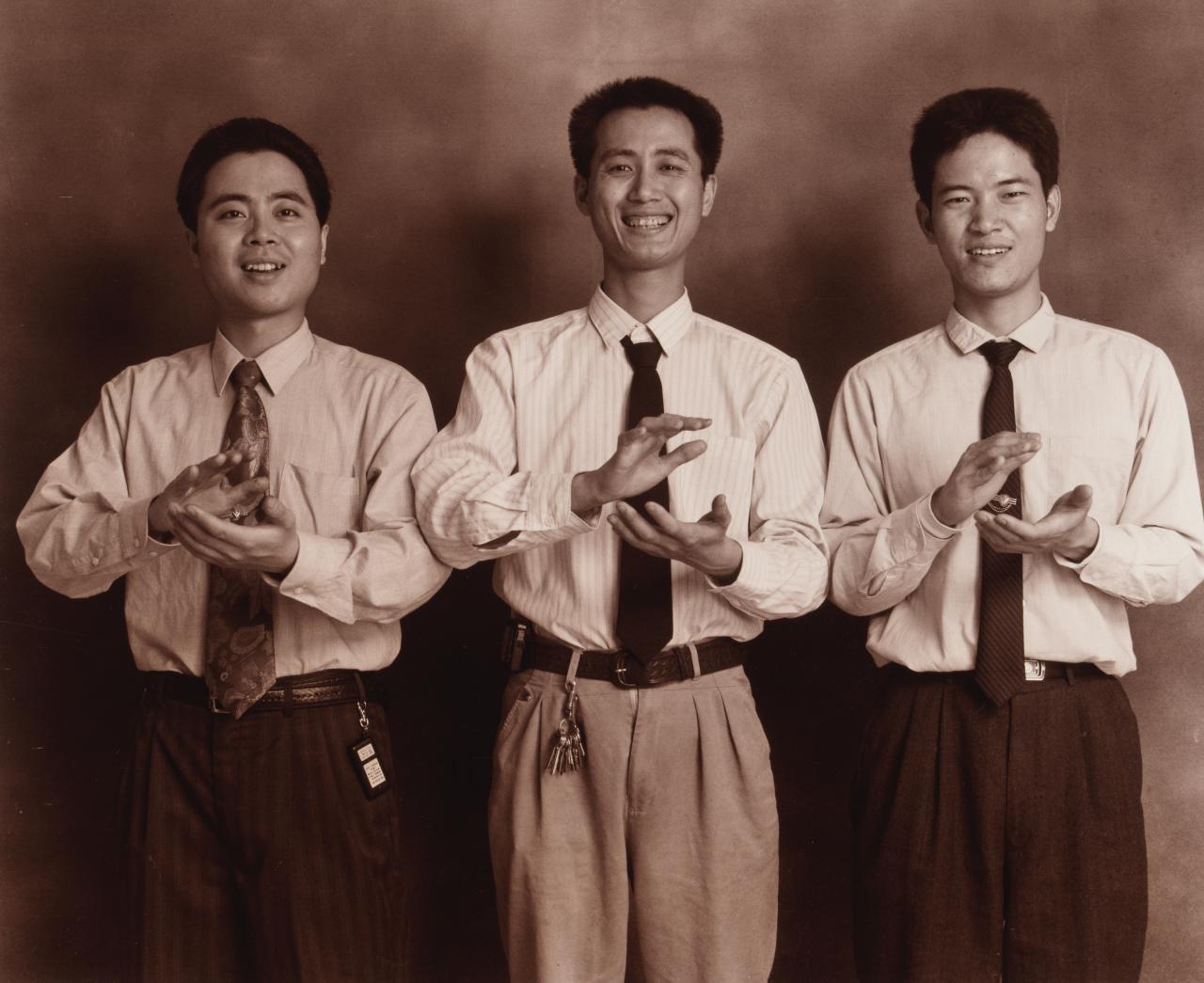
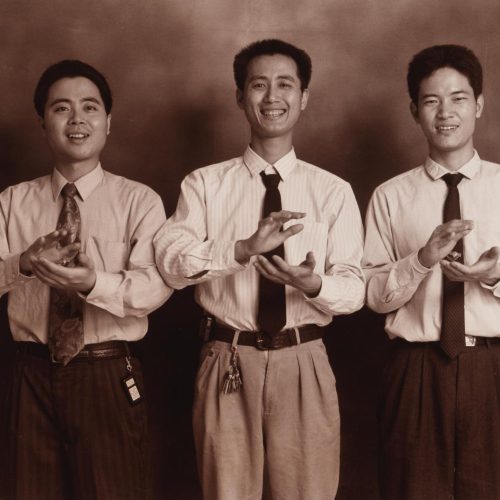 QIU ZHIJIE / FINE SERIE N°1-A
QIU ZHIJIE / FINE SERIE N°1-A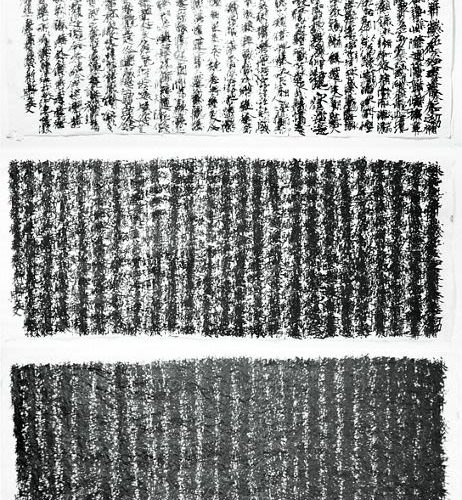 ONE THOUSAND-TIME COPY OF LANGTINGXU
ONE THOUSAND-TIME COPY OF LANGTINGXU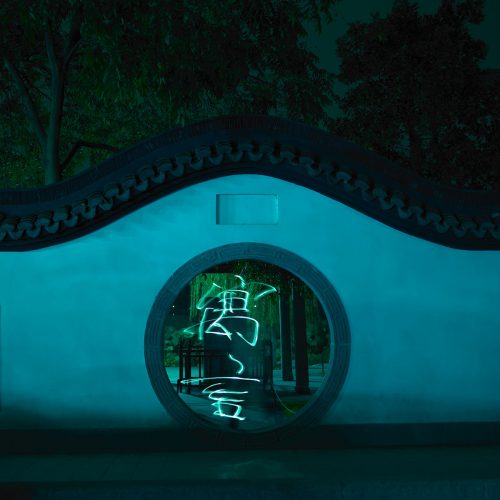 ALLEGORY – ROUND DOOR
ALLEGORY – ROUND DOOR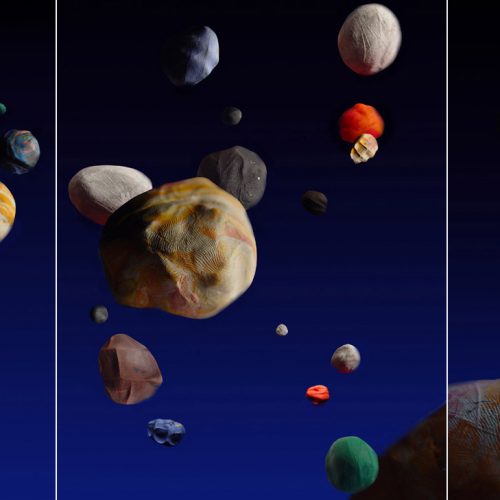 NIGHT OF SEPTEMBER 16TH
NIGHT OF SEPTEMBER 16TH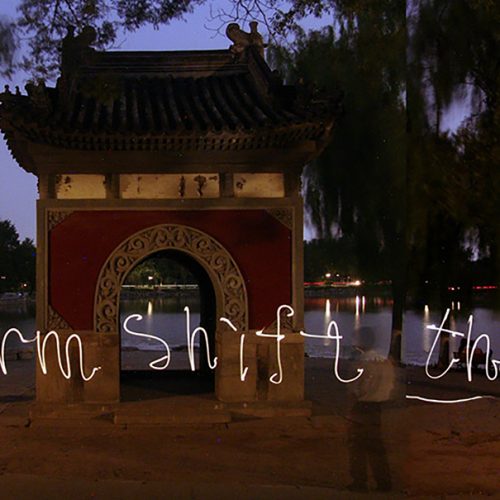 Where the storm shift the signs
Where the storm shift the signs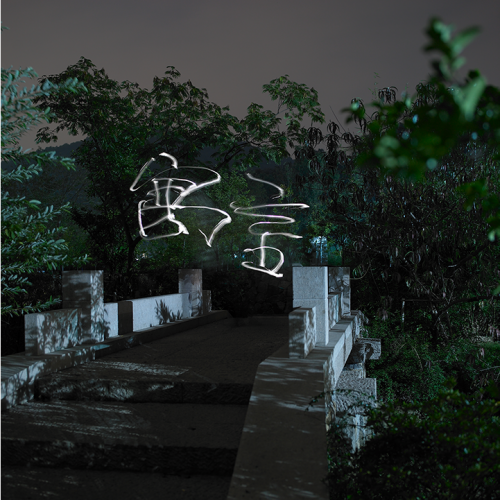 Allegory Bridge
Allegory Bridge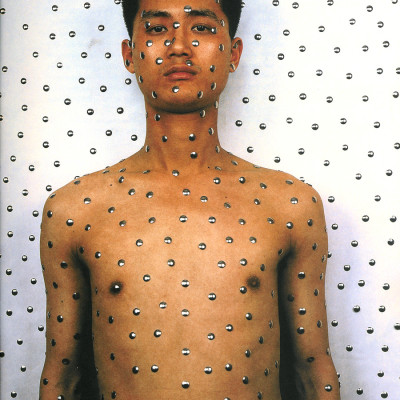 Tatoo I
Tatoo I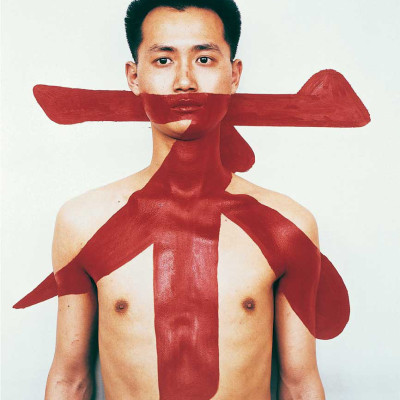 Tattoo II
Tattoo II